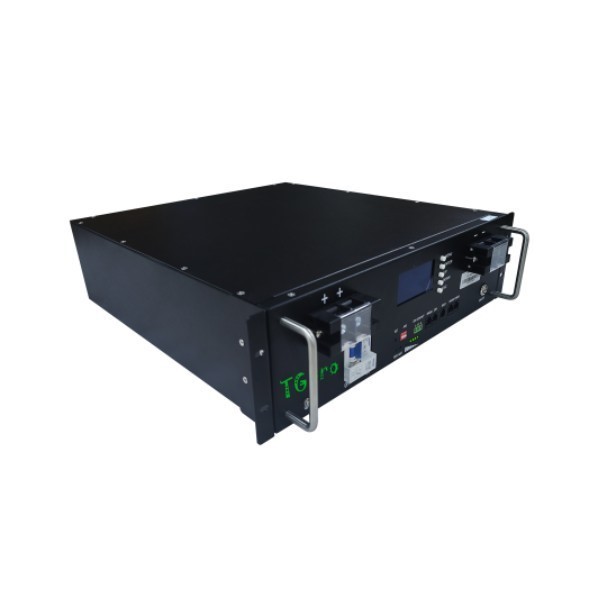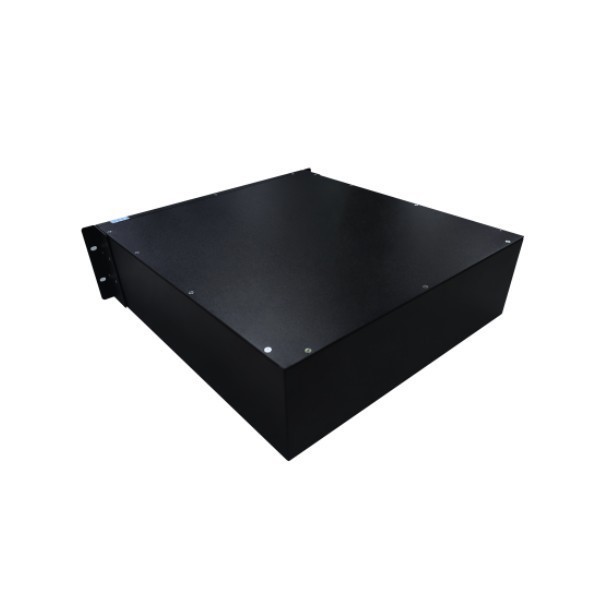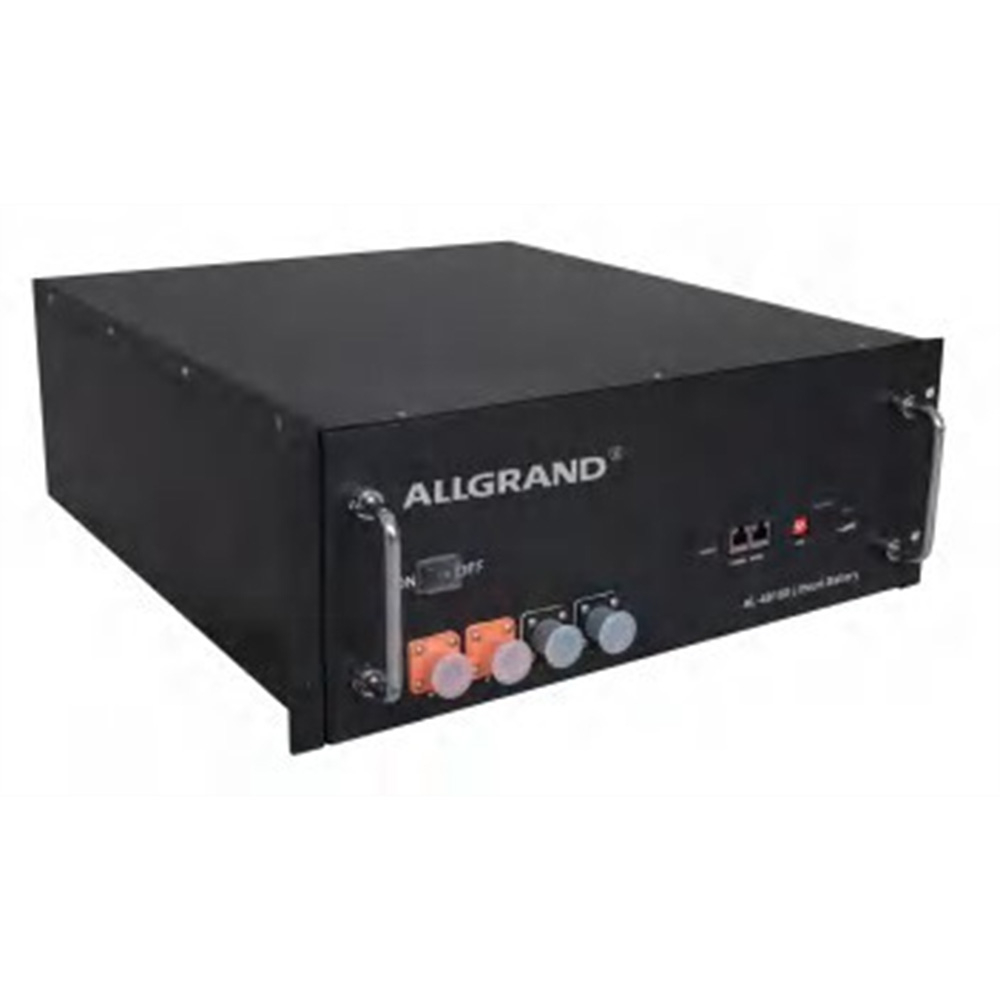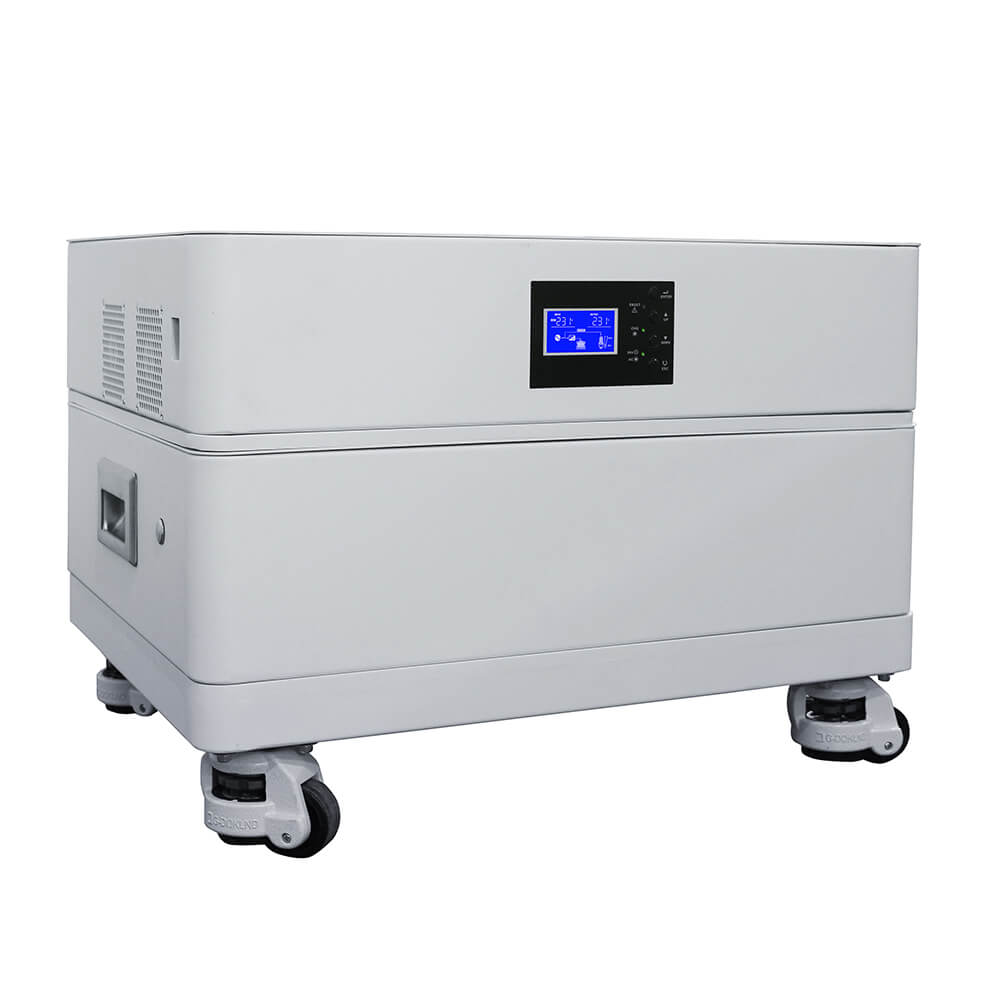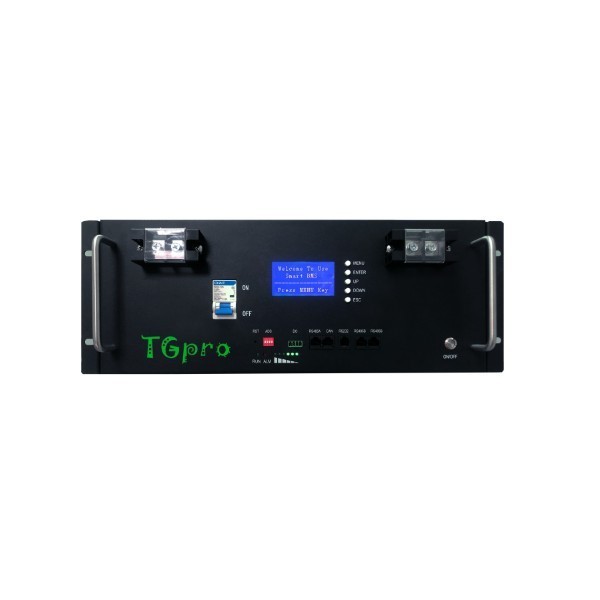Basic Residential Energy Storage Rack Mounted
Basic residential energy storage is a battery system that works with a solar panel system and connects to the grid, usually in single-family homes. The main purpose is to increase the use of solar power and reduce the electricity costs. Basic residential energy storage can also offer backup power during grid outages, support grid services such as frequency regulation and peak shaving, and participate in demand response programs. 2. A home energy storage system typically has three parts: a battery, an inverter, and a management system. The battery holds the energy, the inverter changes the energy to the right form, either electrical or thermal, and the management system improves the efficiency of the storage system.
Contact us

